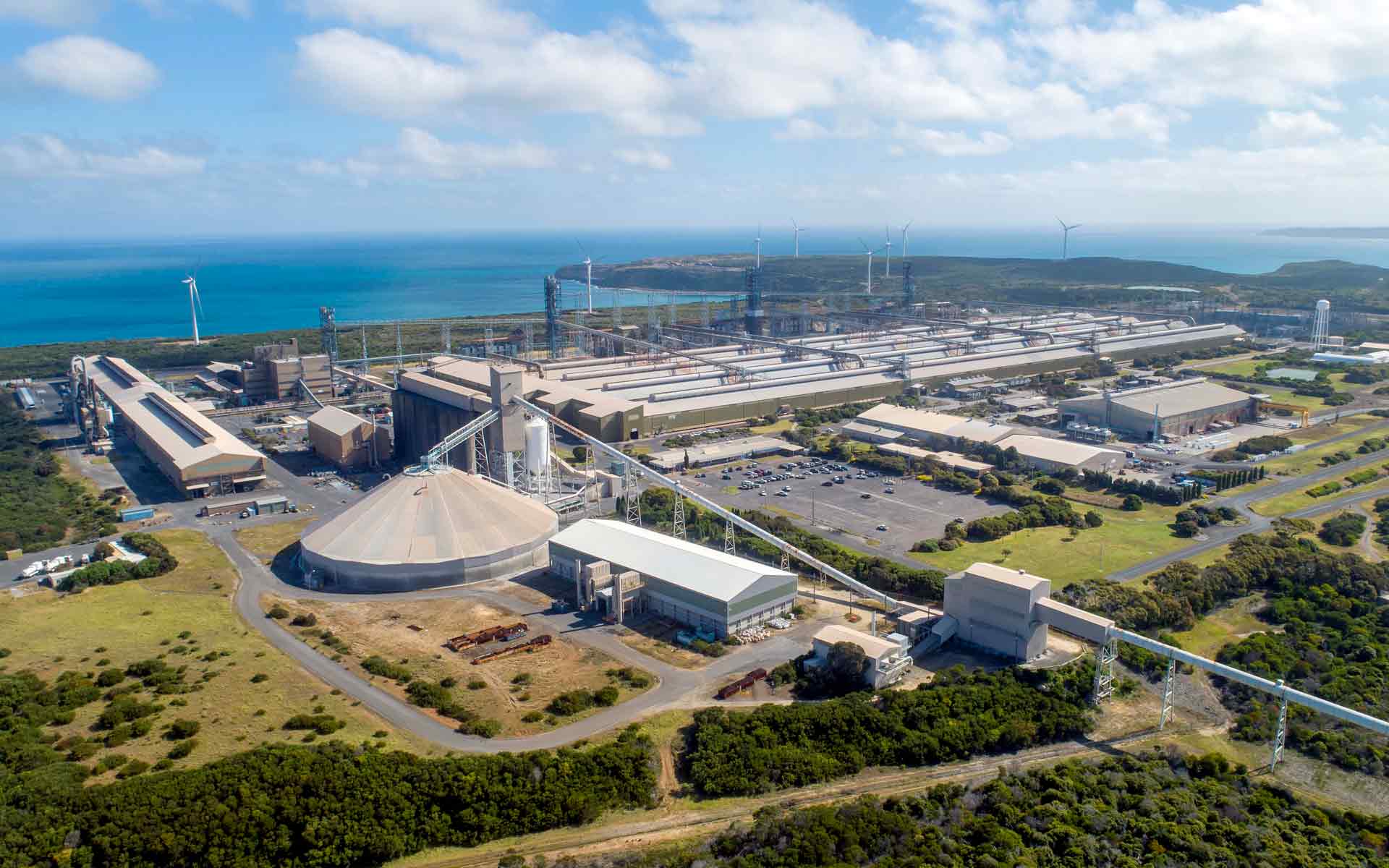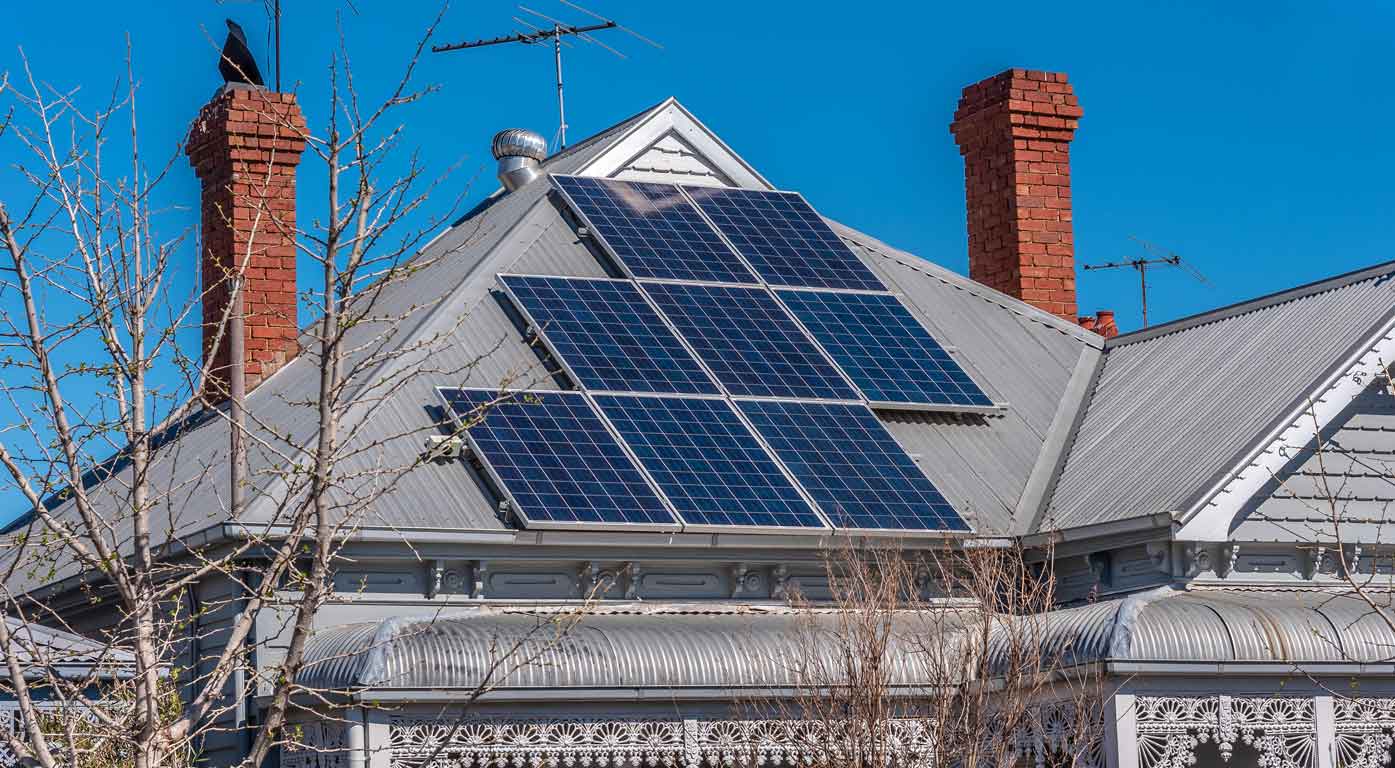Summary
Fulcrum3D is demonstrating the ‘Fulcrum3D RAS’ – the next generation of remote sensing. This project includes validation of the RAS against a state-of-the-art 200-metre wind monitoring mast. The mast will subsequently be available to the renewable energy and environmental science communities as a ‘National Remote Sensing Validation Facility’.
Need
The Fulcrum3D RAS will improve the collection of wind data in various atmospheric environments to reduce barriers associated with validation and yield uncertainty, accelerating the development of wind generation in the grid. Enhanced remote sensing technologies are needed to meet the scale and speed of resource monitoring required for Australia’s wind pipeline. Greenfield wind projects are delayed in reaching the yield uncertainty benchmarks required to attract debt, exacerbating already lengthy development timelines.
The National Remote Sensing Validation Facility will be open to the entire industry and will reduce the number of (and potentially eliminate) wind monitoring masts required for the development of wind projects.
Action
The Fulcrum3D RAS uses radar to remotely profile three-dimensional wind vector and temperature, acquiring wind resource and temperature data at far lower cost than alternative technologies.
Unlike other remote sensing devices on the market, the Fulcrum3D RAS will operate completely independently of local environmental conditions, ensuring high-performing data recovery up to 300m above ground/sea level.
The National Remote Sensing Validation Facility has been strategically located in very flat terrain with a good wind regime making it a world class, IEC61400 compliant facility.
Outcome
The objectives for the Project will be achieved through supporting the commercialisation of the Fulcrum3D RAS and improving its uptake at scale. The deployment of RAS that are ‘pre-validated’ will reduce overall project uncertainties, inform design and optimisation of renewable energy infrastructure and enable more renewable electricity to be integrated into the grid.
The National Remote Sensing Validation Facility will be a common good and will provide the renewables industry with an invaluable long-term research and validation asset. The mast will be the tallest of its kind in the Southern Hemisphere and will greatly improve industry understanding of atmospheric stability, temperature profiles and shear profiles at higher heights.




